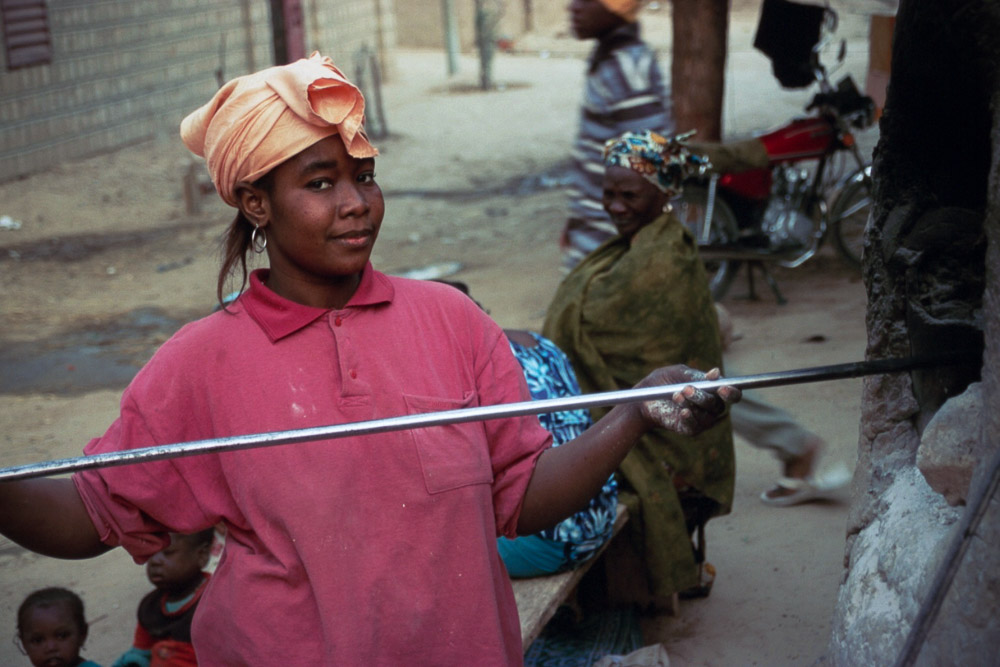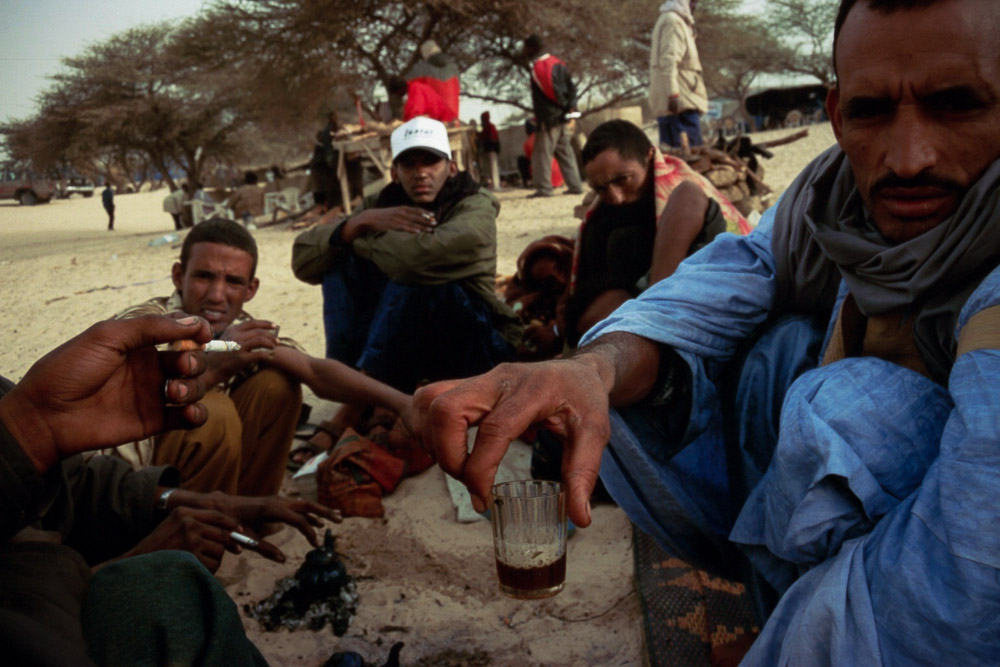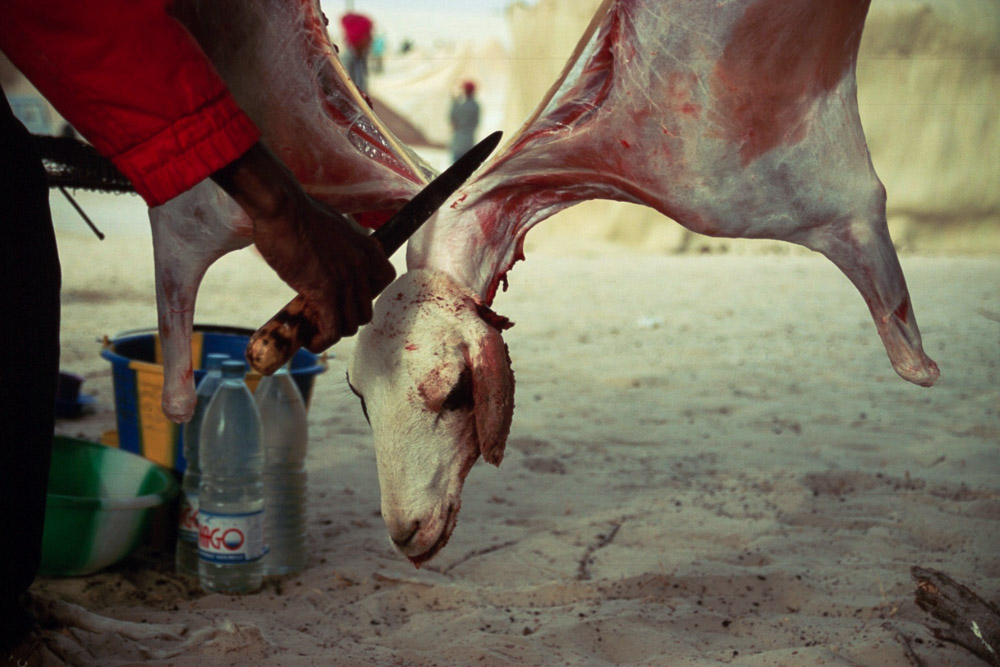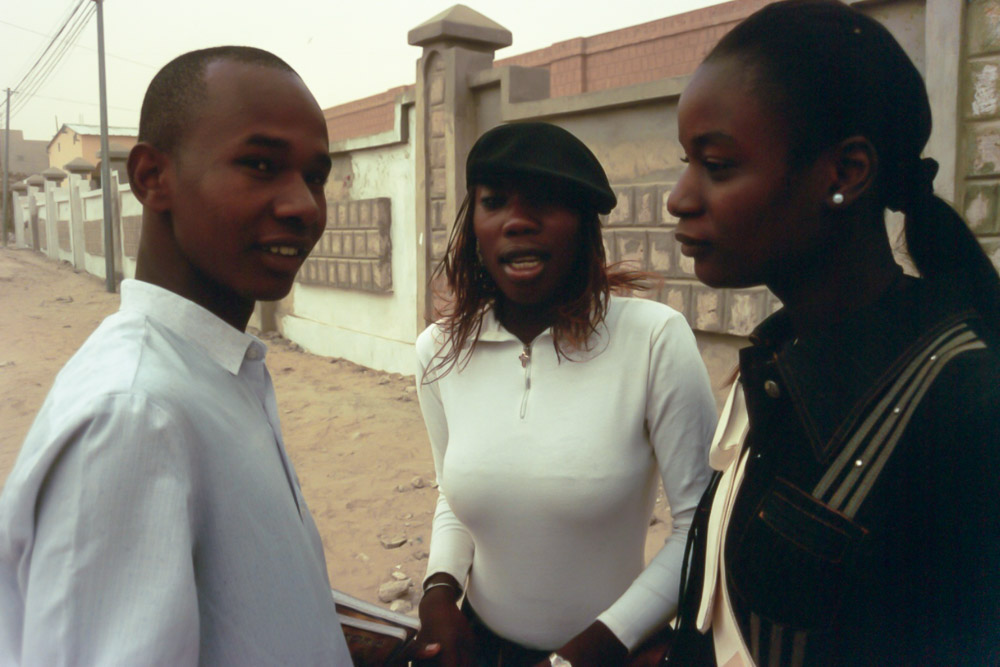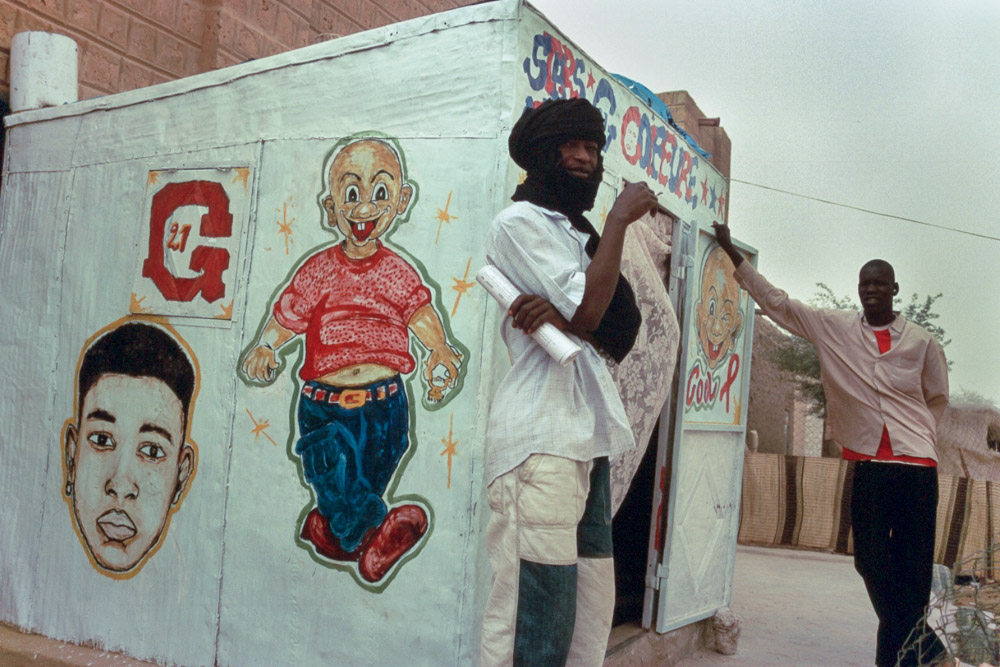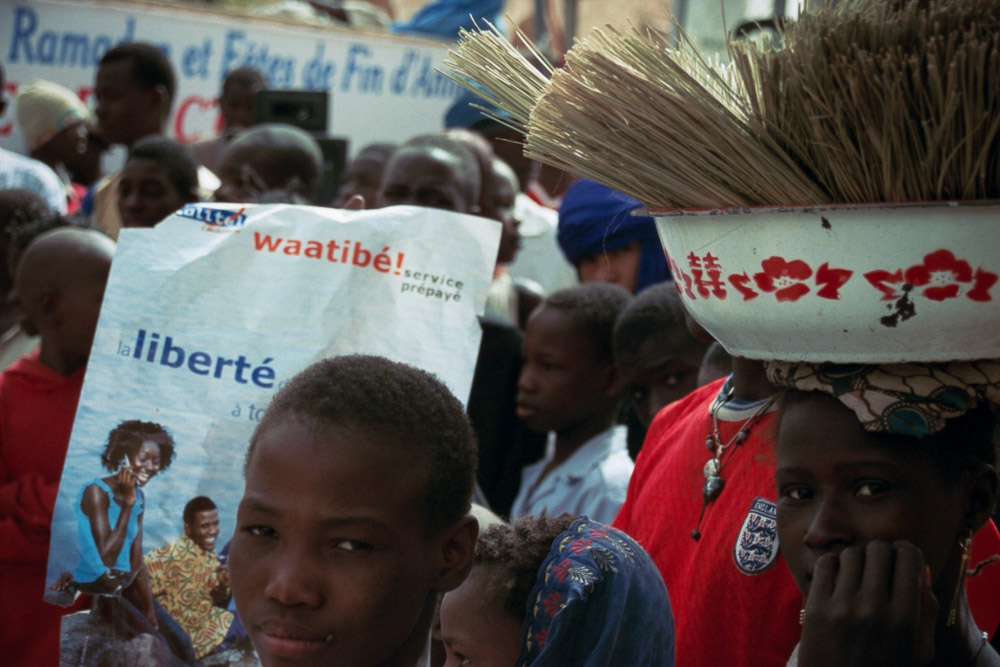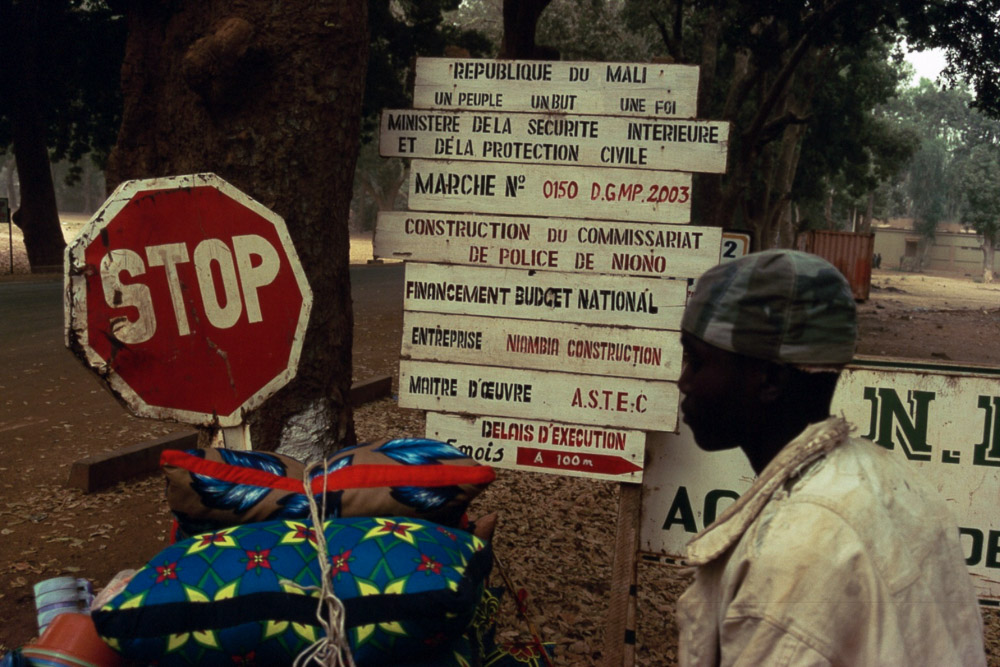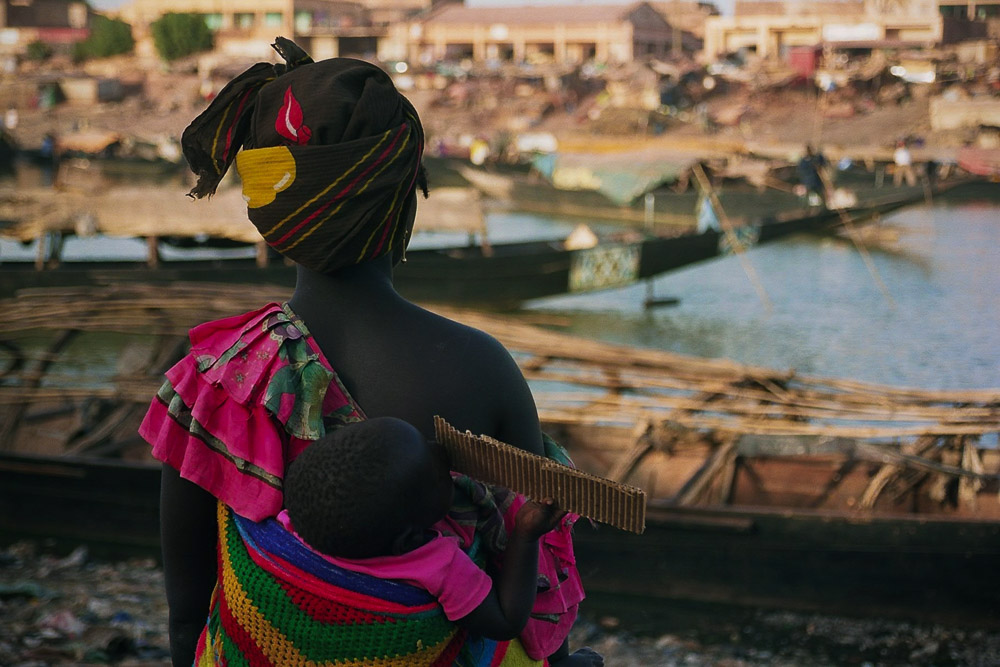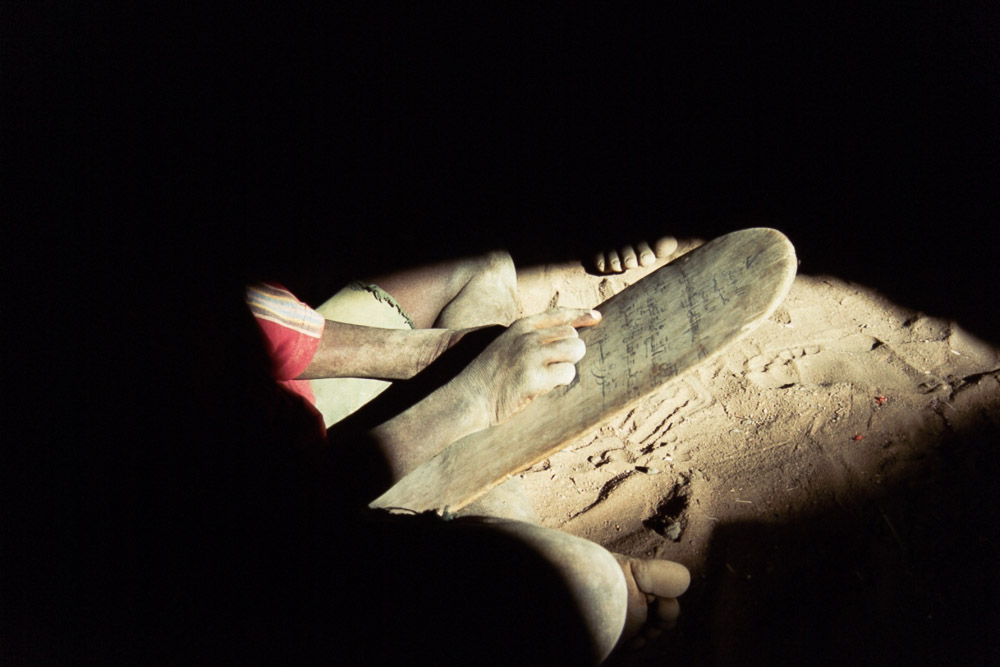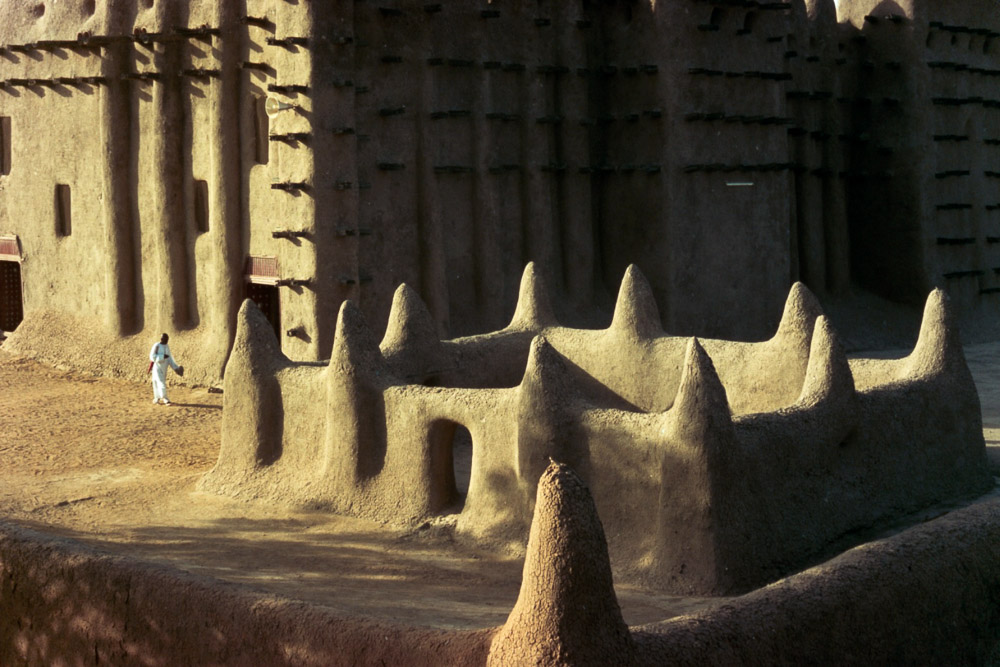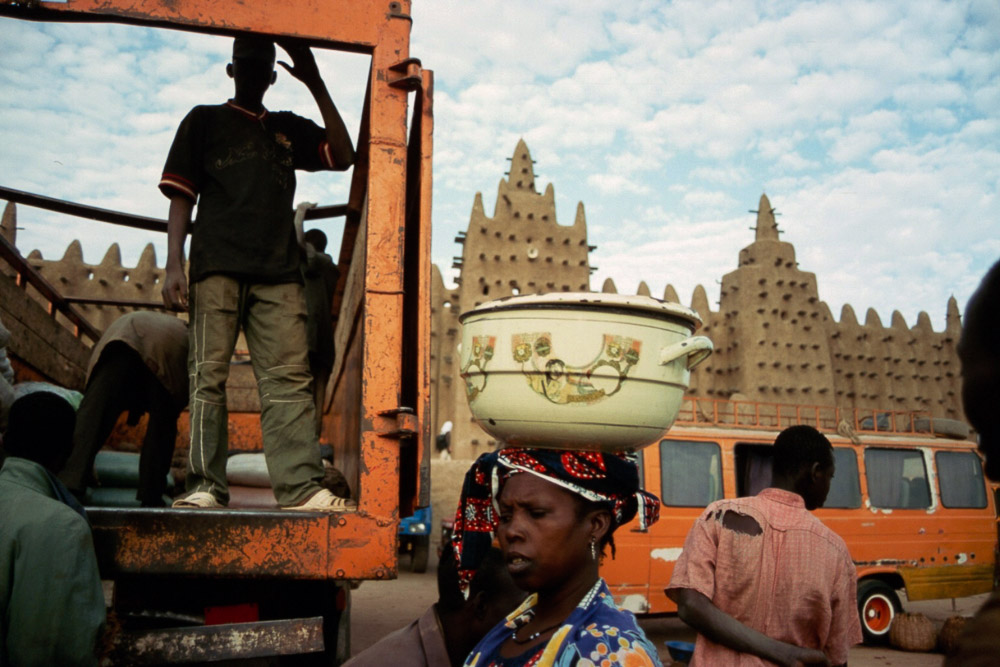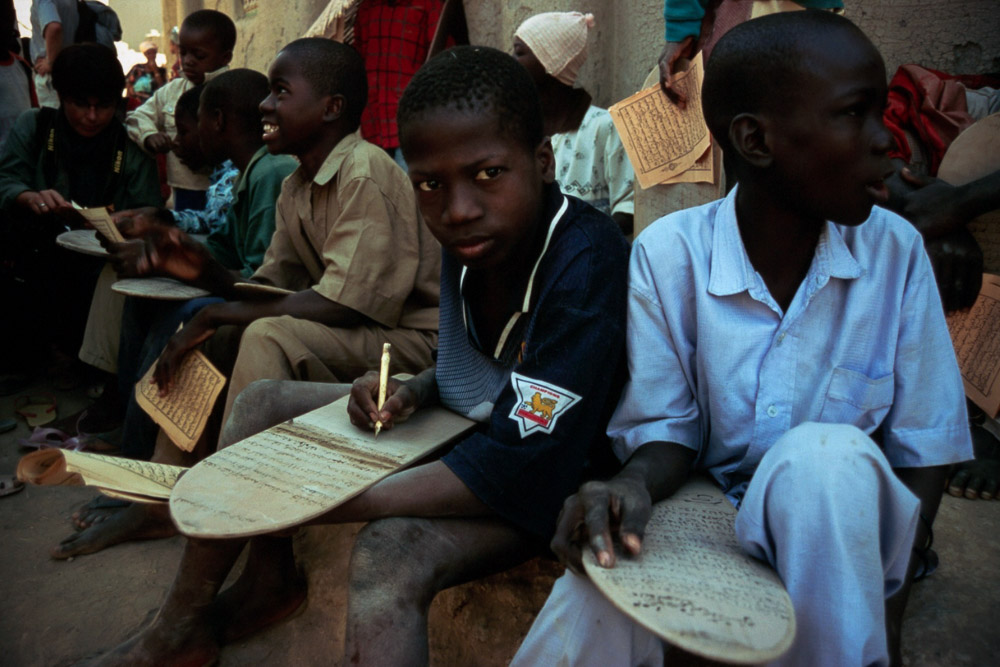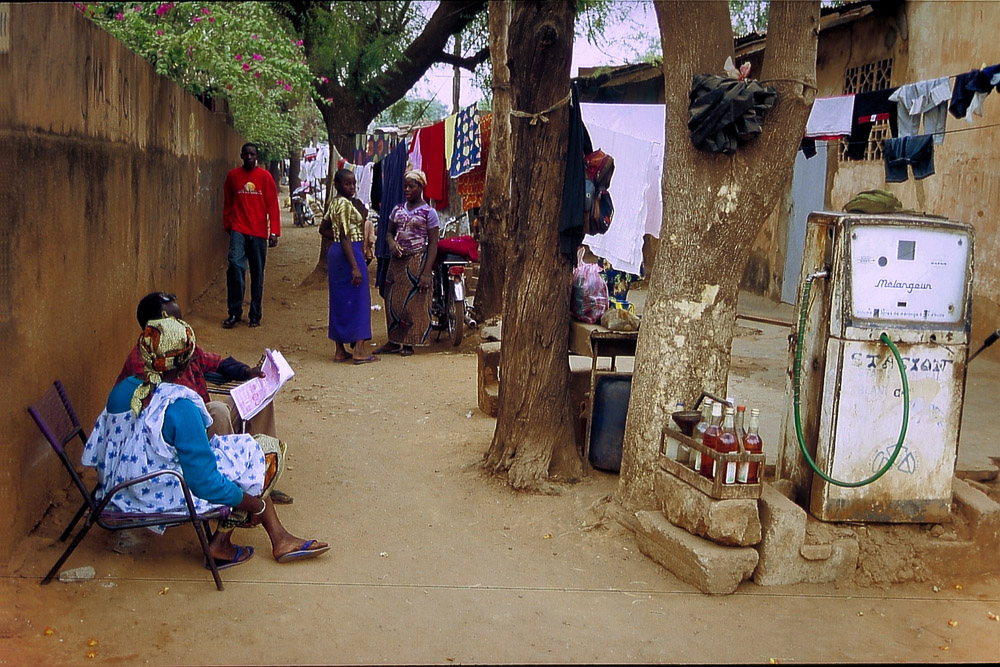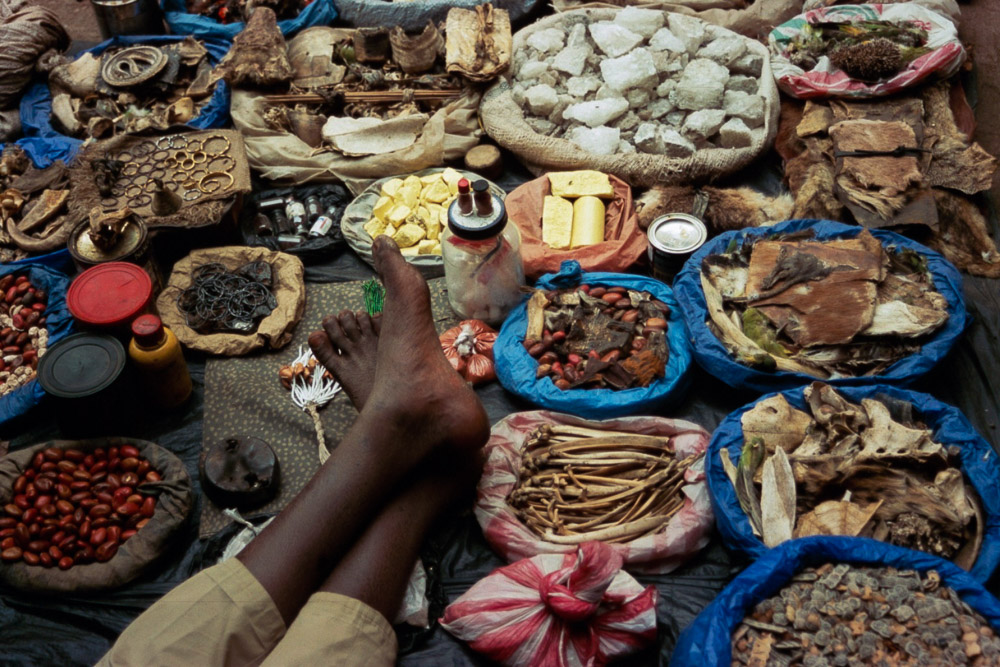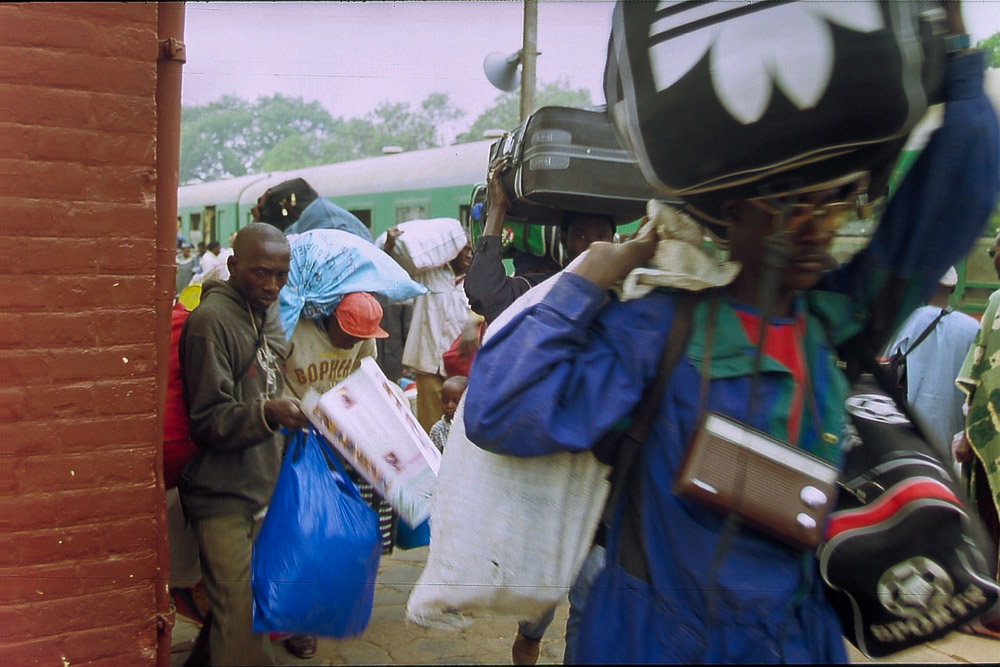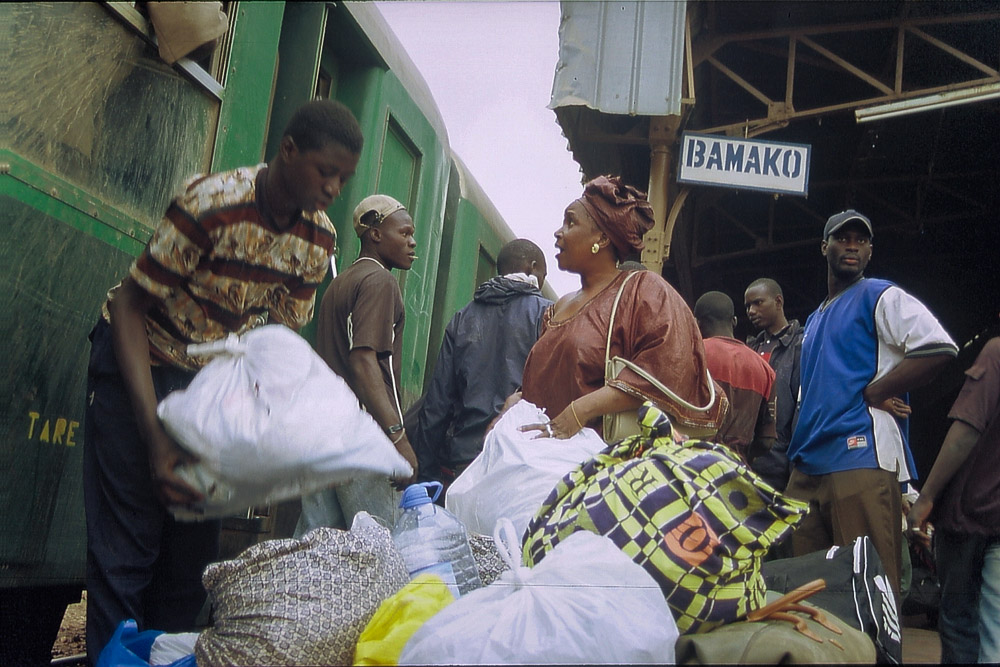Mali before jihad
When reporting from Mali in 2006, the conflict between the Arab Tuareg population and the central government in Bamako had already been long and persistent, but not ignited yet by fundamentalist Jihadi movements that swapped into the country shortly after Libya fell apart as a state, and with a militarisation of the Sahel as a consequence.
Driving up north through Djenné, Mopti, Niono and up until Timbuctu, especially the latter seemed to live peacefully with its mixture of Black and Arab populations side by side, making it a multi-ethnic place with a vibrant history. During my visit, I witnessed a city full of young people and vibrant with music and dance. Three international mobile phone companies were at the time competing for the youth and the money of Timbuctu to get school boys and girls to subscribe to new cell phones and 21st century communication. The parents of these young scholars were all against it, fearing that not only their children would be deprived of their financial resources needed for food and housing but mostly themselves as elders.

